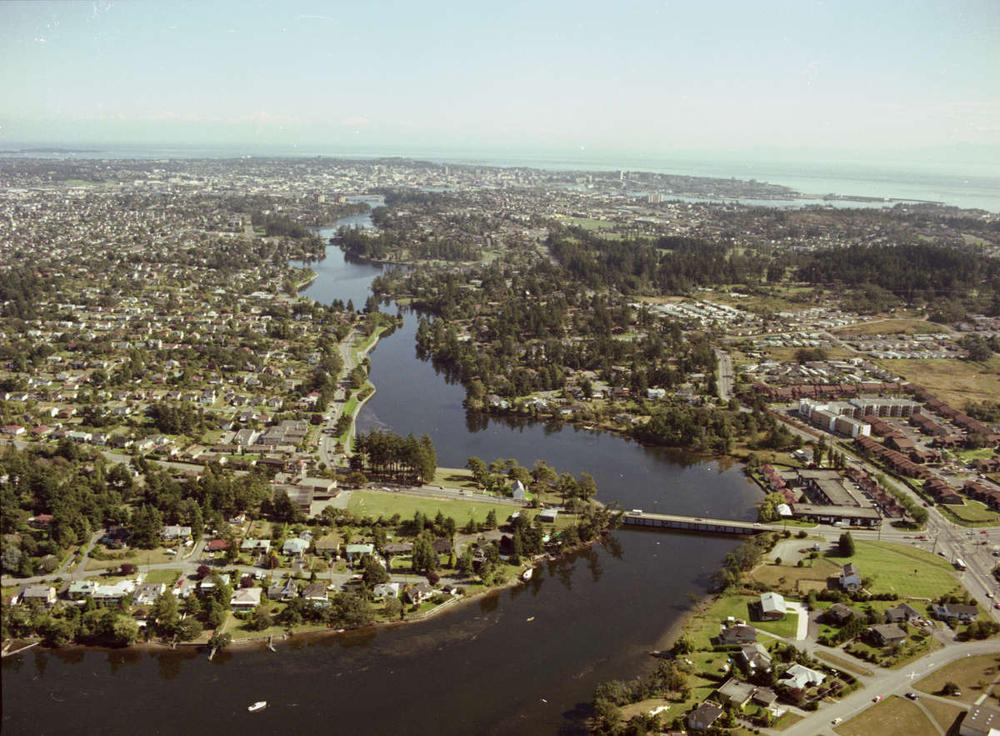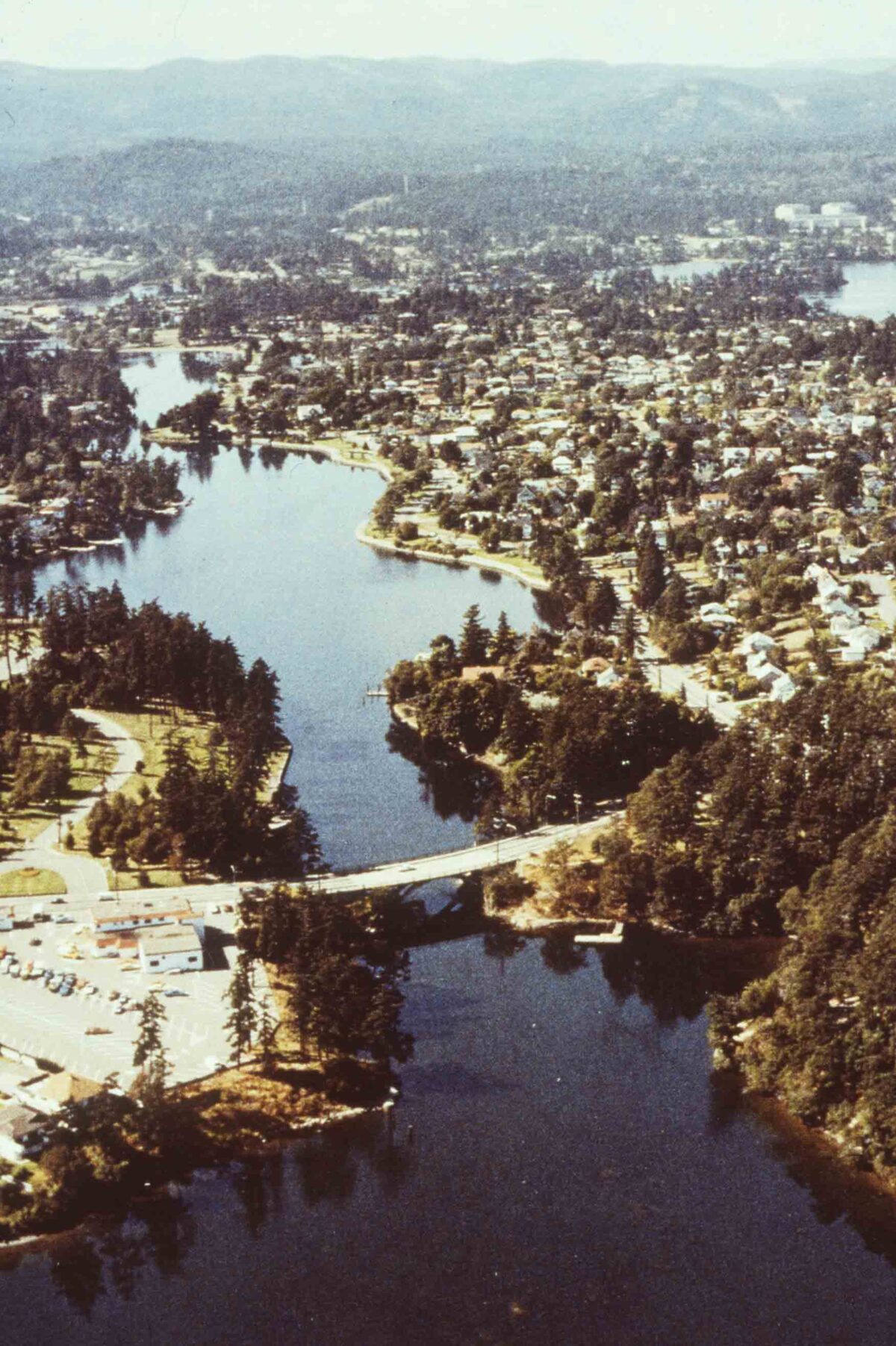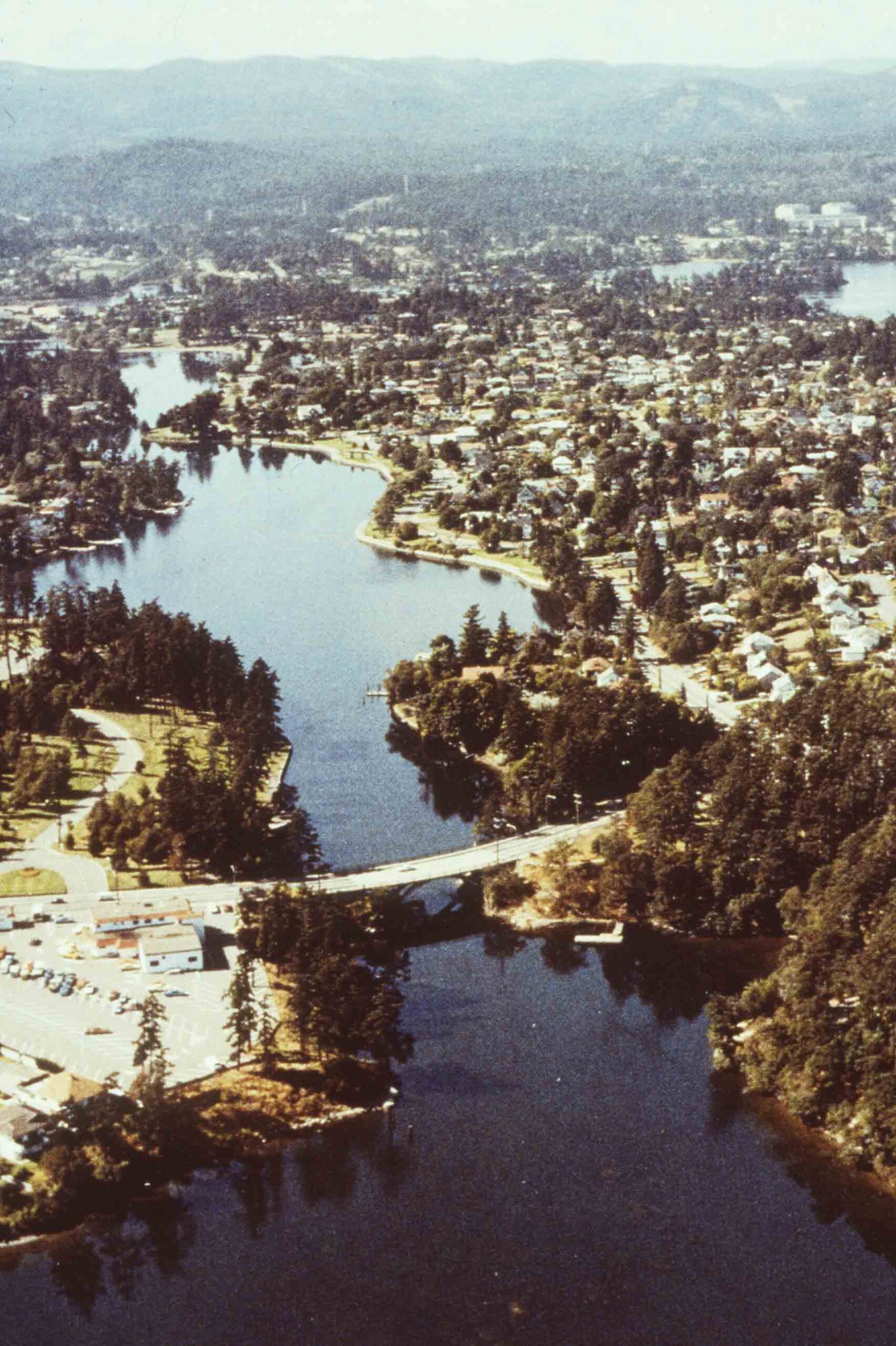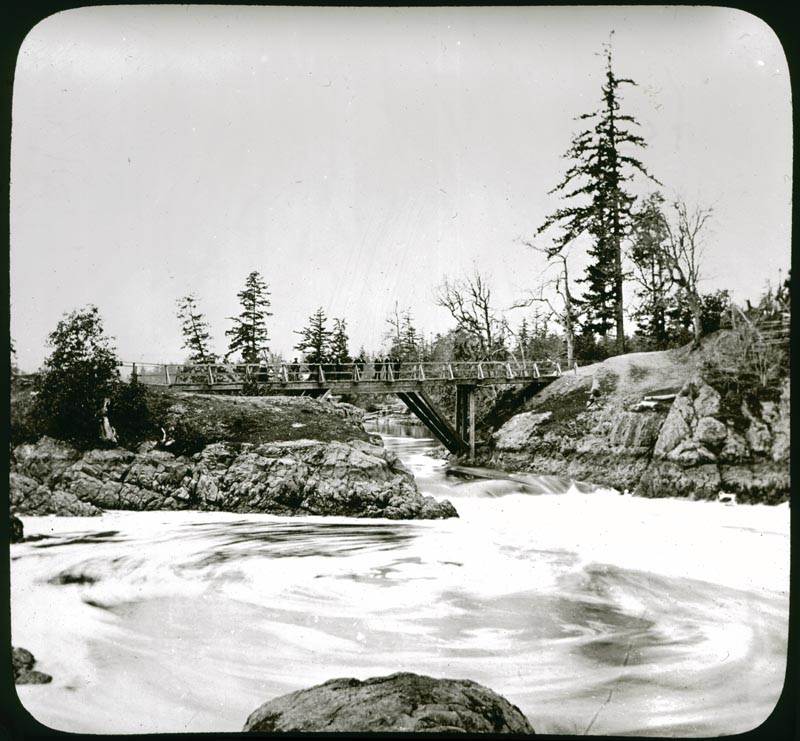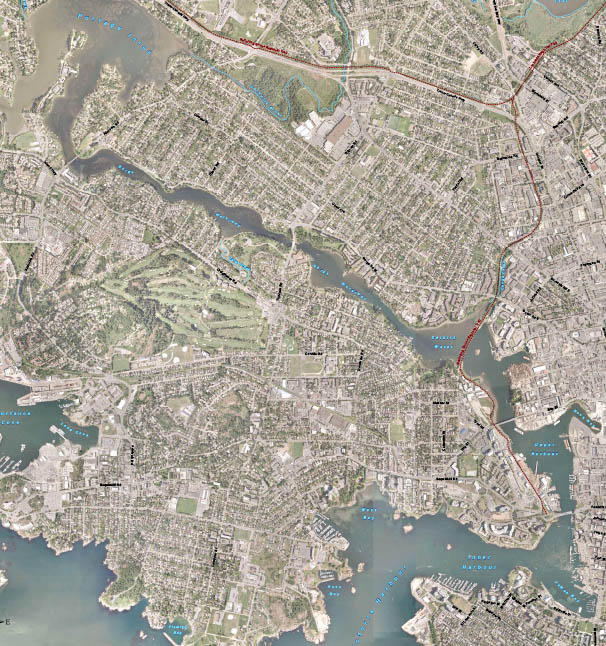
Preface The Territory shared by Indigenous People in British Columbia, and far beyond, is the sky. A sky filled with sentient beings on the move and stories to tell. The sky is an interactive map that is constantly on the move. It is a domain of cultural knowledge. For much of human existence people have seen the world of the sky as a reflection of their life on earth. It is obvious that the brightest stars and planets, and their movements, would become noticed. It is however, culture that blends them together, creating names and stories about what they are, and their relationships to each other. Celestial phenomena were incorporated into ritual, iconography, myth and shamanic activity. It is through … Continue reading “Cultural Astronomy of the Indigenous Peoples of British Columbia”







